

Damion Smy
Hyundai i30 N TCR celebrates 10 years of ‘N’ with Gran Turismo 7 debut
12 Hours Ago
The next-generation Mercedes-AMG E63 will reportedly use a turbocharged four-cylinder with plug-in hybrid power instead of a twin-turbo V8.

Contributor
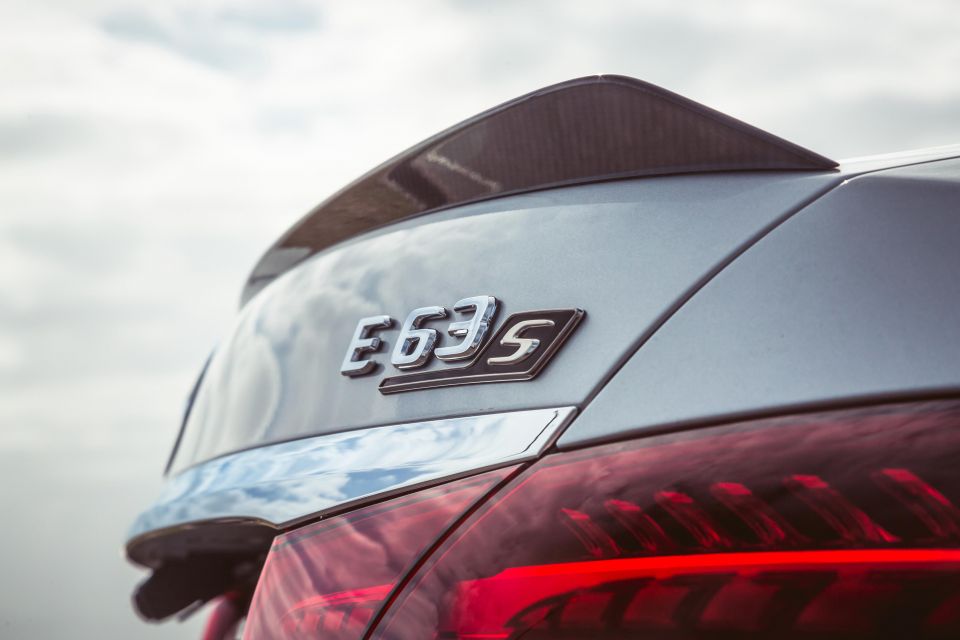

Contributor
The next-generation Mercedes-AMG E63 that’s due in 2023 or 2024 will reportedly ditch the twin-turbocharged V8 in favour of a turbocharged four-cylinder plug-in hybrid powertrain.
As reported by Autocar, Mercedes-Benz officials have “hinted” the 4.0-litre twin-turbocharged V8 used in the current-generation E63 “will no longer be offered” for the next-generation.
In its place, the E63 will reportedly be powered by the 2.0-litre ‘M139’ turbocharged petrol four-cylinder, first seen in the A45 AMG but being re-engineered for longitudinal applications, along with a plug-in hybrid system.
This powertrain is set to be used in the upcoming Mercedes-AMG C63 that’s expected to be revealed in 2022.
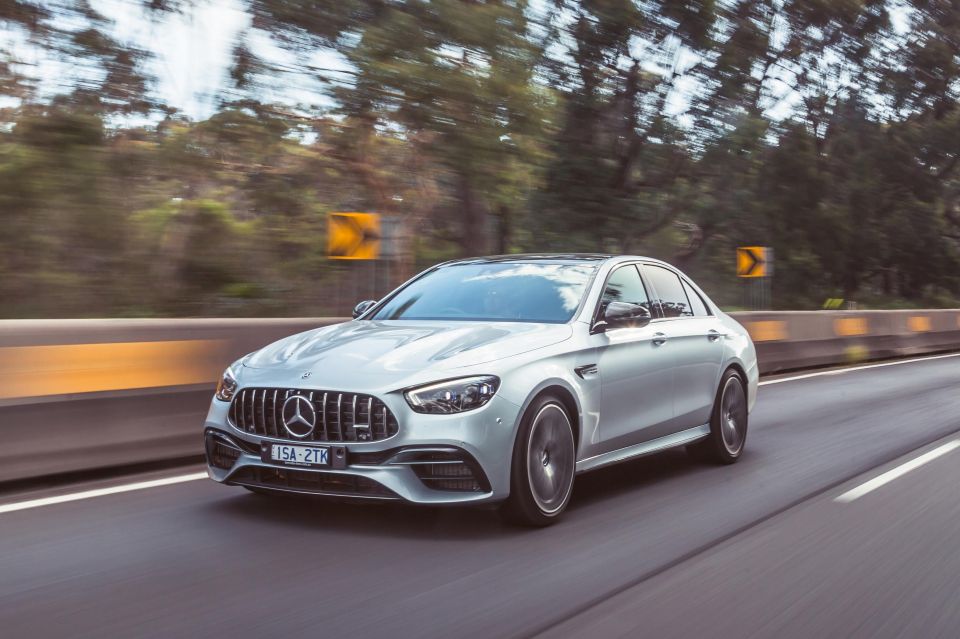
As previously detailed, the turbocharged four-cylinder produces 330kW of power, with the electric motor developing up to 150kW and 320Nm of torque.
Autocar reports this plug-in hybrid powertrain has a total output of up to 447kW of power.
This is 3kW less than the current E63 with the twin-turbo V8, but it’s expected the claimed combined fuel economy figure will be lower than the current 12.3L/100km figure.
The next-generation E63 will reportedly be paired with a 28.6kWh battery pack, which is the same as the 2022 Mercedes-Benz S580e that’s not available in Australia, instead of a smaller 6.1kWh battery that’ll be used in the next-generation C63.
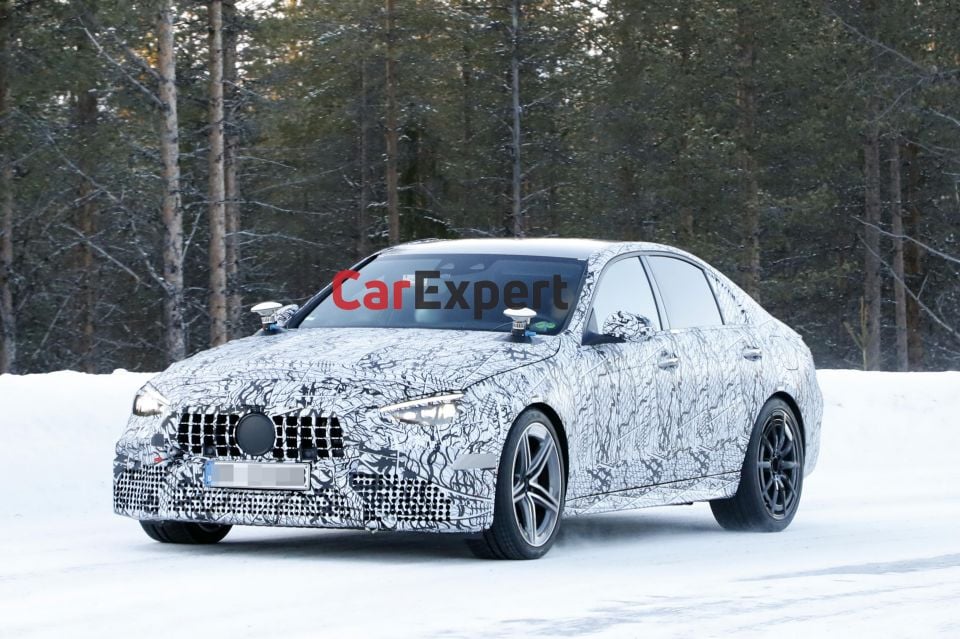
With this larger battery pack, the next-generation E63 will reportedly have an electric range of over 100km.
The Autocar report suggests the E63 won’t receive the plug-in hybrid powertrain from the similarly-sized GT 63 S E Performance.
The GT 63 S E Performance is arriving Down Under in the second half of 2022 and mates a 4.0-litre twin-turbo V8 engine with an electric motor for outputs of 620kW and 1400Nm.

If Mercedes-AMG axes the V8 powertrain in the E63, this will leave the GT four-door coupe and the S-Class as the last Mercedes sedans to offer a V8.
This next-generation, plug-in hybrid E63 is expected to go up against the plug-in hybrid next-generation BMW M5, as well as the next-generation Audi RS6 that’s rumoured to be all-electric.
Autocar reports the next E-Class will continue to be built on the MRA architecture but with a “slightly longer wheelbase”, which is expected to translate to more interior space.
There’ll also reportedly be modified double-wishbone front and multi-link rear suspension, as well as optional air suspension and a rear-wheel steering system.
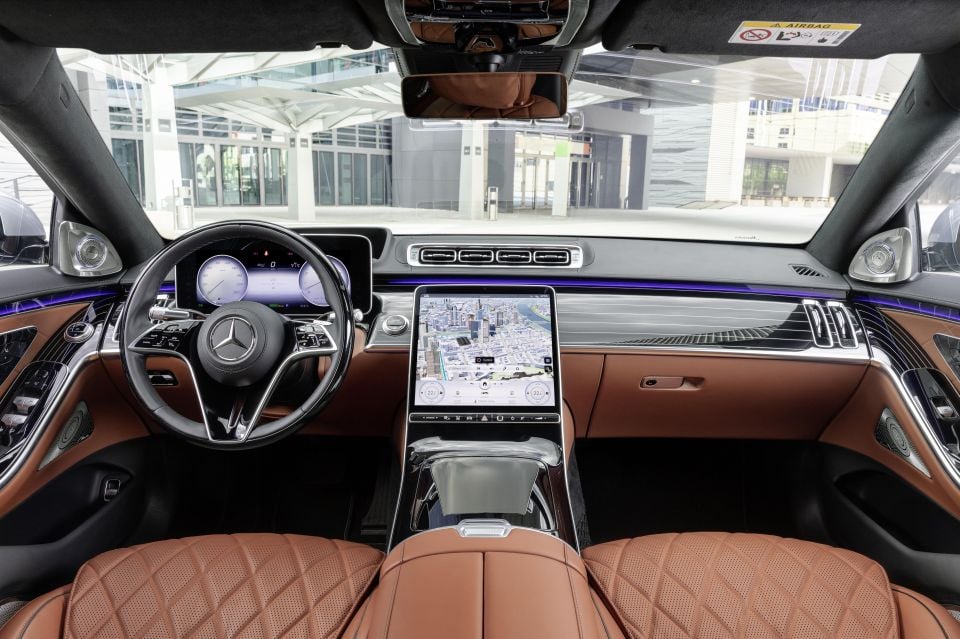
It’ll reportedly have a similar dash as the latest C-Class and S-Class with a “free-standing” digital instrument cluster with optional 3D graphics, and a portrait-oriented touchscreen infotainment system.
Autocar also reports the next-generation E-Class will support SAE Level 3 autonomous driving in permitted countries, as well as 5G connectivity for over-the-air updates.
Mercedes-Benz is not only pushing its plug-in hybrid technology but also all-electric powertrains.
It’ll launch the new EQE in the second half of Australia. Though it’s sized similarly to the E-Class, it’s based on a new all-electric architecture shared with the new EQS and, like its bigger sibling, is set to be available in a higher-performance AMG variant.
Where expert car reviews meet expert car buying – CarExpert gives you trusted advice, personalised service and real savings on your next new car.
Jack Quick is an automotive journalist based in Melbourne. Jack studied journalism and photography at Deakin University in Burwood, and previously represented the university in dance nationally. In his spare time, he loves to pump Charli XCX and play a bit of Grand Theft Auto. He’s also the proud owner of a blue, manual 2020 Suzuki Jimny.


Damion Smy
12 Hours Ago


Damion Smy
4 Days Ago
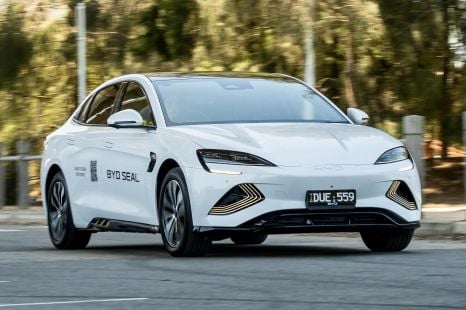

Max Davies
8 Days Ago
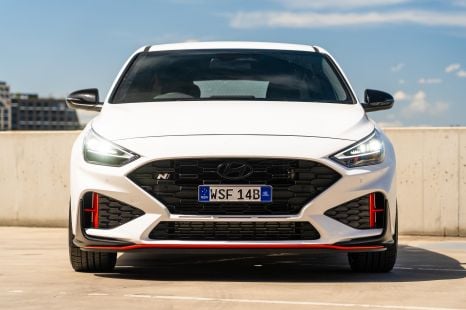

William Stopford
14 Days Ago
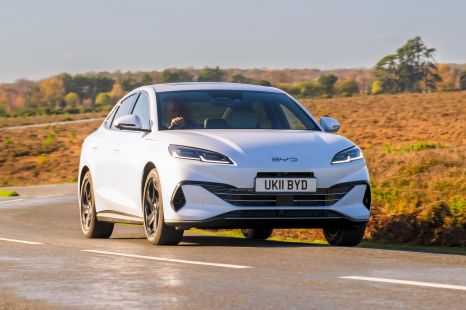

Matt Robinson
17 Days Ago
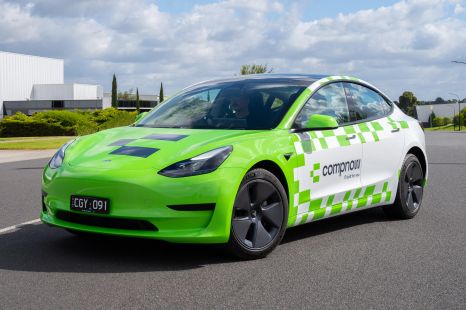

CarExpert.com.au
20 Days Ago